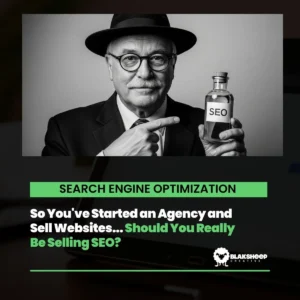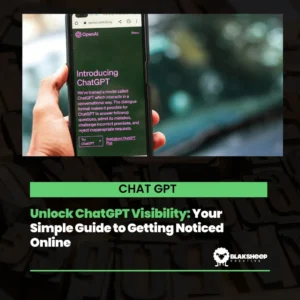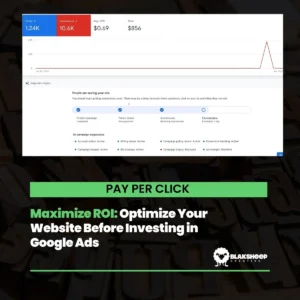By BlakSheep Creative | Digital Marketing & SEO Experts
When a blog post about dumpsters becomes a dumpster fire itself, business owners should take notice. We recently audited a blog article that aimed to explore “unconventional uses” for roll-off containers and found it failing across multiple strategic dimensions: SEO, UX, conversion, and credibility. Below are ten key lessons your business must heed to ensure your content doesn’t go up in flames.
Here’s the blog post for you to follow along:

Lesson 1: If Your Title Doesn’t Match Search Intent, You’re Invisible
A strong title must do two things: reflect what a user is actually searching for and clearly communicate your promise. In the blog under review, the headline tried to be clever but failed to capture high-search volume terms like “creative dumpster uses” or “roll-off container ideas for events.”
Takeaway for your business: Start with keyword research, choose a clear and descriptive title, and craft a URL slug that supports both readability and SEO.
Lesson 2: Headers Matter Not Just for Readability, But for Ranking
Headers serve as signposts for readers and semantic signals for search engines. A well-structured H1-H2-H3 hierarchy helps clarity. In the blog we audited, the headers were present but lacked a strategic structure. They did not employ question-based phrasing, did not use long-tail keywords, and didn’t enable voice search capture.
Takeaway: Use headers that reflect user queries, maintain logical hierarchy, and incorporate variations of your focus keyword.
Lesson 3: Walls of Text Kill Engagement
Even the best concept fails if readers bounce quickly. The post suffered from long, dense paragraphs, minimal spacing, no bullet points, a lack of emphasis on key takeaways, and few visual breaks. This can lead to reader fatigue, especially on mobile devices.
Takeaway: Break your content into digestible chunks. Use formatting to help scanning and keep readers moving down the page.
Lesson 4: Visuals Aren’t Decorative, They’re Essential
Visual content is no longer optional. In the blog we reviewed, the only image was a pixelated diagram that didn’t enhance the content or engagement. A high-quality screenshot of the Rich Results Test revealed only a basic article schema, lacking FAQ, HowTo, and breadcrumb enhancements.

What the image shows: Only one valid structured data type detected.
How to fix it: Implement the FAQ page, Breadcrumb List, and, if applicable, the Product schema.
Lesson 5: Without Conversion Strategy, You’re Leaving Money on the Table
Content should serve a purpose beyond education. In the audited blog, calls-to-action were generic and placed only at the end of the content. There were no embedded forms, interactive CTAs, or service links.
Takeaway: Insert CTAs at the beginning, mid-path, and end. Make them visual, benefit-driven, and link directly to a relevant product or service.
Lesson 6: Technical SEO Mistakes Are Silent Growth Killers
Even well-written content won’t perform if the technical foundation is weak. A second screenshot revealed improper heading structure, a poor text-to-HTML ratio, and missing microformat/schema markup.
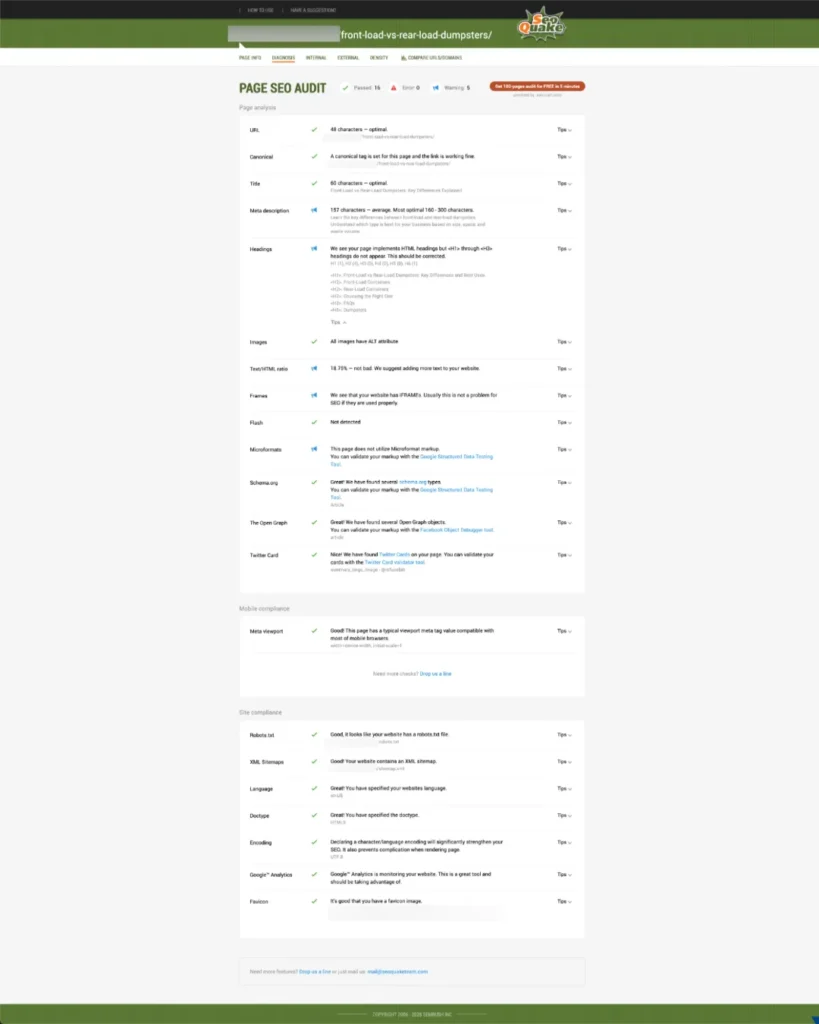
What the image shows: Headings not appropriately structured, meta description suboptimal, microformats not in use.
How to fix it: Apply structured data using JSON-LD, improve meta tags, and follow a consistent header hierarchy.
Lesson 7: Tone Must Match Your Audience and Your Business Goals
A casual tone can work, but only when it doesn’t undermine authority. In the case we examined, vague metaphors replaced real value. Phrases like “giant metal bin with endless possibilities” lacked clarity and direction.
Takeaway: Speak in a tone appropriate for your target audience. Use confident, clear, benefit-oriented language.
Lesson 8: Internal and External Links Build the Highway Your Content Travels On
Multiple crawl reports revealed an internal linking structure that was packed with navigation-level links, but lacked topic-relevant, keyword-optimized anchor text.

What the images show: 45 internal links, most pointing to home, about, or product pages with generic anchors.
How to fix it: Link to related blog posts or service pages with keyword-rich anchor text. Reduce generic sitewide links inside blog bodies.
Stop sabotaging your links. Learn why “Click Here” is killing your SEO and what to use instead.
Another report showed that external links pointed only to social profiles and Google Maps.
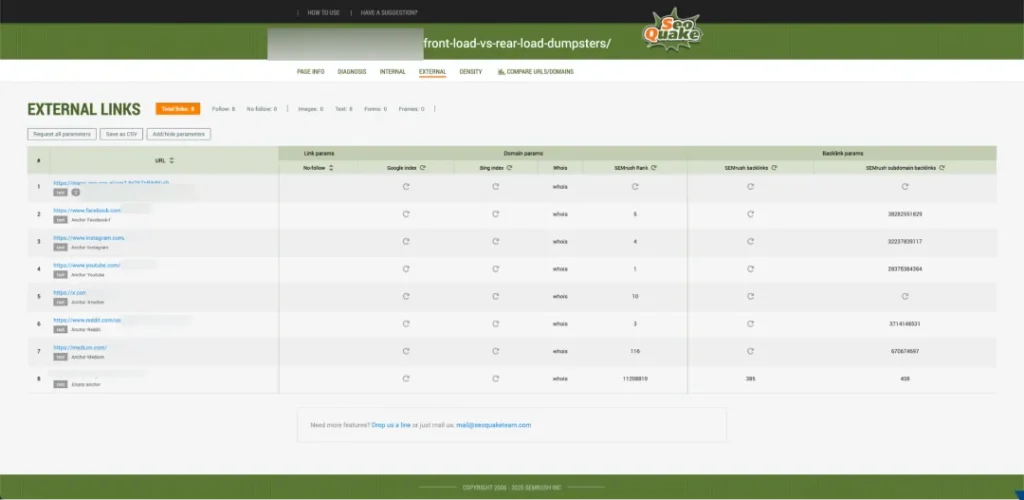
What the image shows: 8 external links to social and location pages.
How to fix it: Add links to authoritative third-party sources (.gov, .edu, or industry-specific .org) to support claims and build trust.
Lesson 9: Audience Experience (UX) Matters as Much as SEO
The blog layout was dense and outdated. There were no mobile-friendly adjustments, sticky navigation, or visual flow. Combined with visual fatigue and a lack of CTA support, this led to a poor user experience.
Takeaway: Use a mobile-first layout, include anchor navigation for longer posts, and ensure CTAs are visually prominent.
Lesson 10: Content Doesn’t Exist Until It’s Promoted and Maintained
One final screenshot confirmed the absence of backlinks, a Google index, and poor performance data.
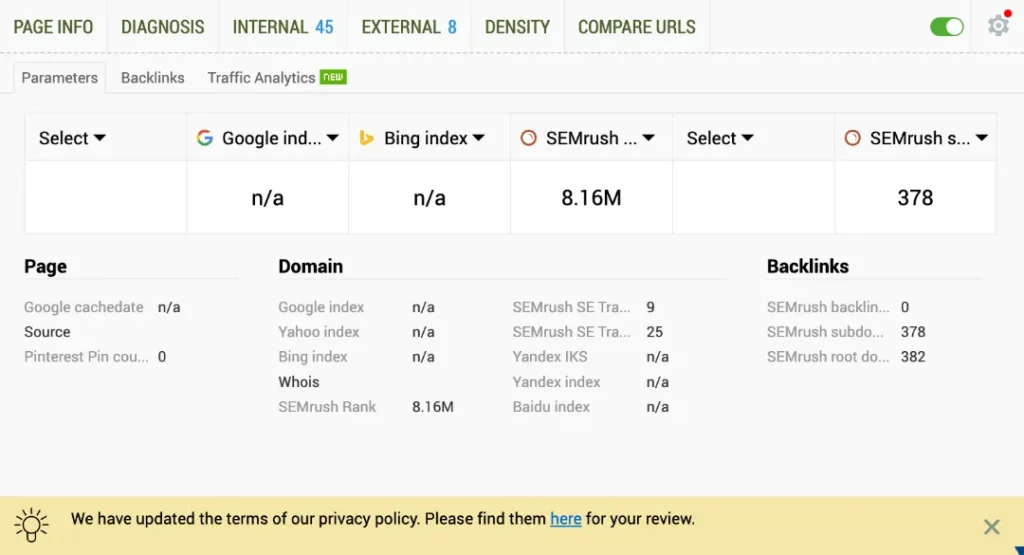
What the image shows: SEMrush rank of 8.16M, no Google indexing, zero backlinks.
How to fix it: Submit the blog to Google Search Console, promote it via email and social media, build backlinks through outreach, and refresh content regularly.
Lesson 11: Misleading Author Labels Erode Credibility
When readers scan a blog for expertise, they often look to bylines, author boxes, or credibility cues to assess whether the content was created by someone qualified. In the reviewed blog, a small author label at the bottom simply read “Web Dev”.
While likely referring to the person who built the site or added the content to the CMS, this label creates confusion — and worse, it sends the wrong signal.
What it looks like:
A div at the bottom of the blog post shows “Web Dev” in a spot readers might expect to see “Written by [Expert Author Name]” or “SEO Strategist at [Company].”
Why it’s a problem:
- It suggests the article was written by a developer, not a subject-matter expert.
- It undercuts perceived authority and trust — especially in industries where E-E-A-T (Experience, Expertise, Authoritativeness, and Trustworthiness) matters.
- It may reduce conversions if potential customers (and search engines) doubt the source’s credibility.
How to fix it:
- Replace generic role-based tags like “Web Dev” with the actual author’s name and role, or remove them if irrelevant.
- Use a styled author bio component with a name, title, headshot, and 1-2 sentence credentials related to the blog’s subject.
- Include structured data (Person, Author, or Organization) so search engines can attribute the content to the correct source.
Takeaway:
Your credibility indicators should reflect expertise, not back-end roles. Misused author labels subtly degrade the trust that content needs to earn clicks and conversions.
When a blog post has a decent concept but fails in every critical area, you end up with a dumpster fire of a blog. For business owners, the lesson is clear: content must be planned, optimized, structured, and continuously maintained to drive value.
At BlakSheep Creative, we help businesses transform content from clutter into a strategic asset. Let us help you build something that ranks, converts, and earns attention for the right reasons.
Visit our content marketing services page to learn more.

